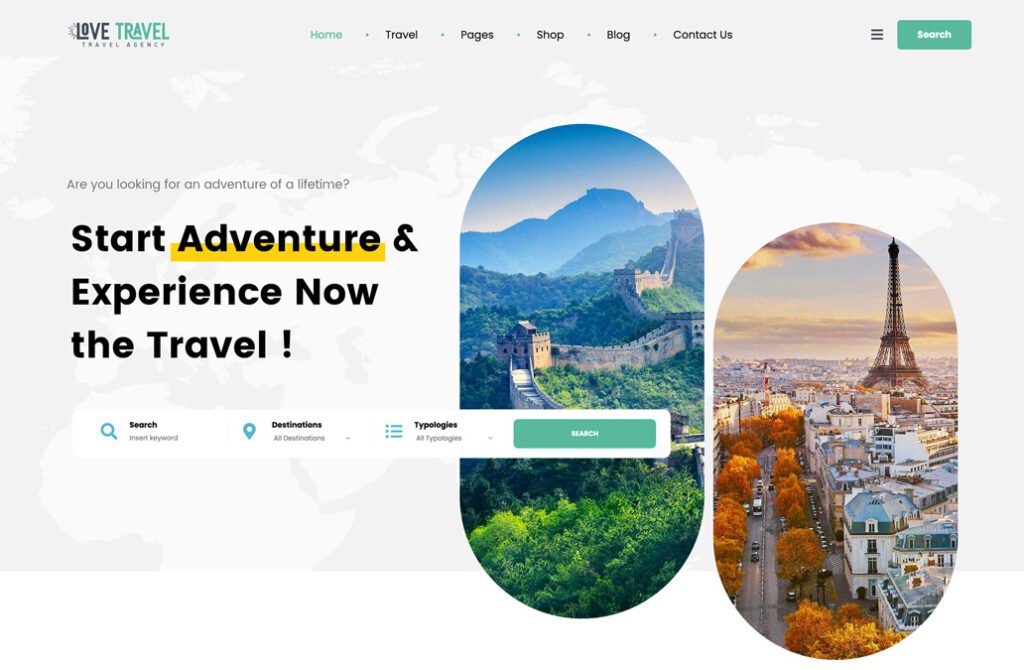Embarking on the sacred Chardham Yatra is a deeply spiritual experience, drawing millions of devotees every year to the divine shrines of Yamunotri, Gangotri, Kedarnath, and Badrinath. Starting this journey from Delhi adds its own logistical and planning dimensions, ensuring a comfortable and fulfilling pilgrimage.
What is Chardham Yatra?
The Chardham Yatra is one of the most revered pilgrimages in India, symbolizing the ultimate spiritual journey to cleanse the soul and seek divine blessings. Nestled in the scenic Himalayan region of Uttarakhand, the four sacred sites—Yamunotri, Gangotri, Kedarnath, and Badrinath—are believed to be the abode of gods and the sources of salvation.
Starting from Delhi provides a strategic advantage in terms of connectivity and resources, but it also necessitates detailed planning to tackle challenges posed by weather, terrain, and physical fitness.
Time of Travel and Weather Conditions
Choosing the right time for the Chardham Yatra is critical.
- Best Season: The pilgrimage season typically begins in late April or early May and concludes in November before the onset of harsh winter.
- Weather Challenges: The Himalayan weather is unpredictable, with sudden rains or temperature drops. Summer months (May-June) offer moderate weather, while post-monsoon (September-October) is known for clear skies.
Route and Connectivity
From Delhi, the Chardham circuit can be accessed via road, rail, or air.
- By Road: The NH-58 highway connects Delhi to Haridwar/Rishikesh, from where the pilgrimage begins. Roads are well-maintained but narrow and prone to landslides during monsoon.
- By Rail: Haridwar and Dehradun are the nearest railheads with excellent train connectivity from Delhi.
- By Air: Jolly Grant Airport in Dehradun is the closest airport for the yatra.
- Helicopter Services: For convenience, helicopter services are available for Kedarnath and Badrinath.
Health and Physical Fitness
The yatra involves trekking and high-altitude travel, making physical fitness crucial.
- Medical Check-ups: Consult a physician before the journey, especially if you have pre-existing conditions like asthma, diabetes, or heart ailments.
- Acclimatization: Altitudes range from 3,000 to over 10,000 feet. Spend a day acclimatizing to reduce the risk of altitude sickness.
- Essentials: Carry first-aid kits, prescribed medicines, and general remedies for headaches or nausea.
Clothing and Gear
Packing the right clothing and gear ensures comfort and safety.
- Clothing: Include thermal wear, woolen jackets, gloves, and raincoats. Layered clothing is ideal for fluctuating temperatures.
- Footwear: Invest in sturdy trekking shoes with good grip for trekking stretches.
- Accessories: Carry umbrellas, sunglasses, hats, and sunscreen to combat varying weather.
Accommodation and Food
- Hotels and Dharamshalas: Various options are available, from budget-friendly dharamshalas to mid-range hotels. Booking in advance is advisable during peak seasons.
- Local Cuisine: Simple vegetarian meals are the norm. Include dry snacks, packaged food, and a refillable water bottle for travel days.
Spiritual Preparation
The Chardham Yatra is as much about spiritual cleansing as physical travel.
- Rituals: Understand the significance of each dham and participate in rituals for a fulfilling experience.
- Mental Readiness: Meditate and prepare yourself to adapt to challenges with patience and devotion.
Transportation Options
Opting for the right mode of transportation ensures a smooth journey.
- Private Vehicles: Suitable for families and groups but require experienced drivers.
- Public Transport: Buses and shared jeeps are economical but time-consuming.
- Chartered Helicopter Services: A premium option to cover the circuit quickly and comfortably.
Permits and Documentation
- Required Documents: Carry a government-issued ID, medical certificate (for helicopter services), and yatra registration.
- Yatra Registration: Online and offline registration options are available, mandating pilgrims to register before starting the journey.
Environmental Responsibility
Preserving the pristine environment of the Himalayas is a collective responsibility.
- Avoid Plastics: Carry reusable bottles and eco-friendly items.
- Dispose Waste Properly: Use designated bins and avoid littering.
- Respect Local Customs: Follow guidelines provided at each dham.
Emergency Preparedness
Be prepared for unforeseen circumstances.
- Helpline Numbers: Save local emergency numbers for assistance.
- Insurance: Opt for travel and health insurance covering high-altitude trekking.
- Backup Plans: Have contingency plans for delays or route changes due to weather.
Conclusion
The Chardham Yatra is an unforgettable spiritual journey. Proper planning, preparation, and respect for nature and local culture will ensure a safe and enriching experience. Starting from Delhi gives pilgrims access to excellent connectivity and resources, making the yatra more accessible and organized.
FAQs About Chardham Yatra
What is the significance of Chardham Yatra?
It is believed to purify the soul and lead to moksha (salvation).
How long does the Chardham Yatra take?
Typically, 10–12 days are required to complete the circuit.
Is there an age limit for the Chardham Yatra?
There is no specific age limit, but children and elderly individuals should be physically fit.
What is the best time to start the yatra?
May to June and September to October are the most suitable months.
Can I complete the yatra in one trip?
Yes, most itineraries are designed to complete the entire circuit in one journey.
Are there trekking routes in the Chardham Yatra?
Yes, Kedarnath requires a trek of approximately 16 km unless helicopter services are used.
What types of accommodations are available?
Dharamshalas, guesthouses, and mid-range hotels are available at all major stops.
Is registration mandatory for the yatra?
Yes, registration is mandatory for all pilgrims.
Are there medical facilities en route?
Basic medical facilities are available, but advanced care may require traveling to major cities.
What should I pack for the yatra?
Carry warm clothing, trekking gear, and essential medications.



















